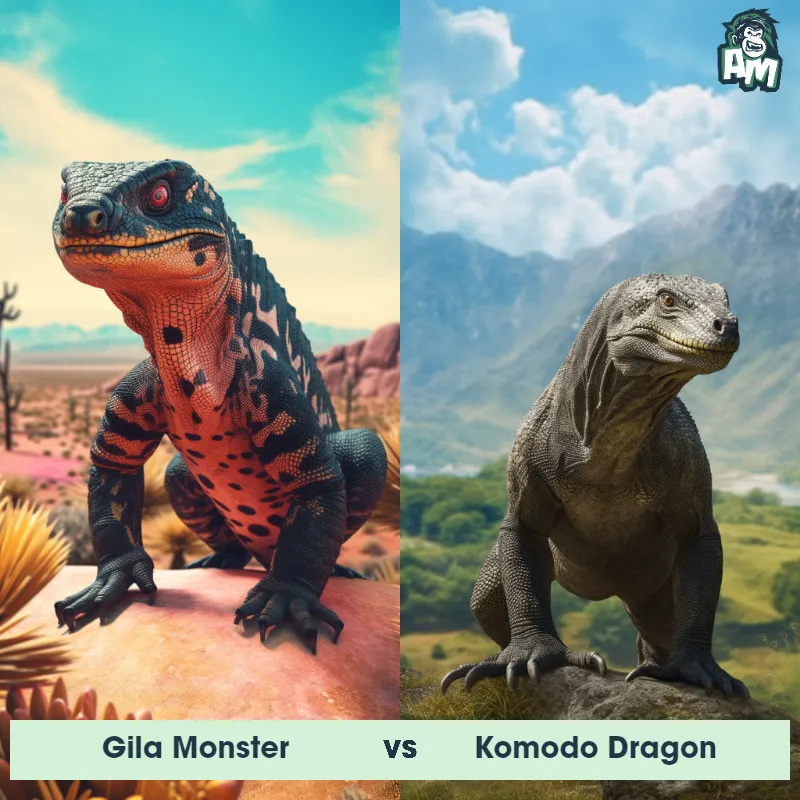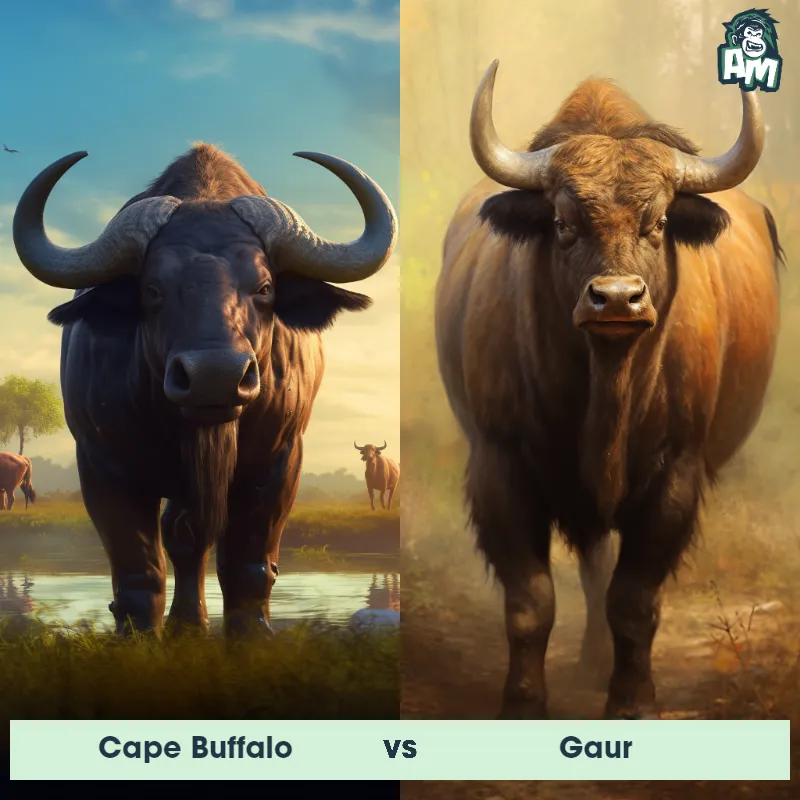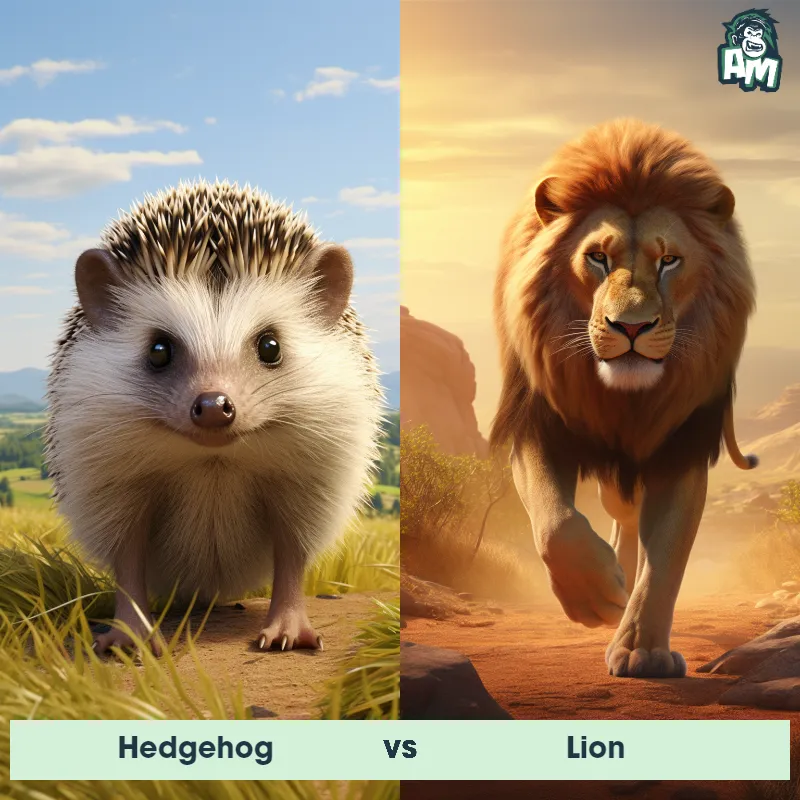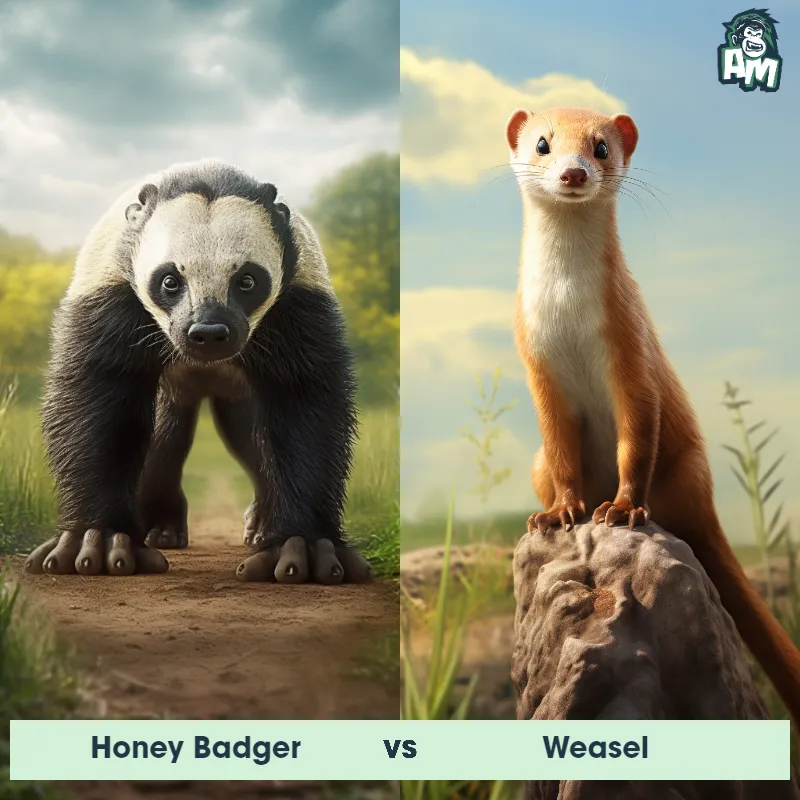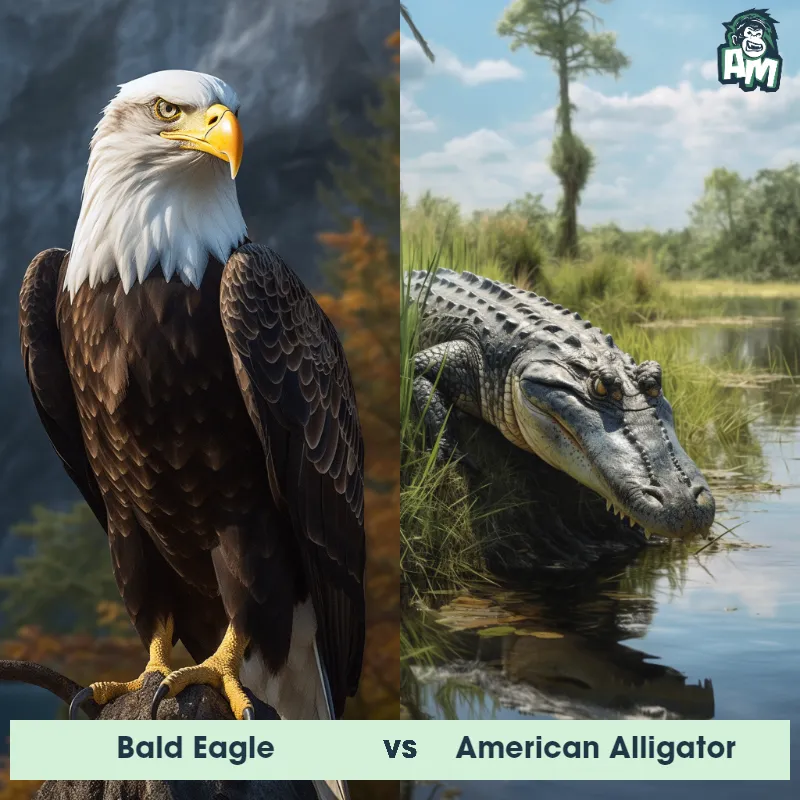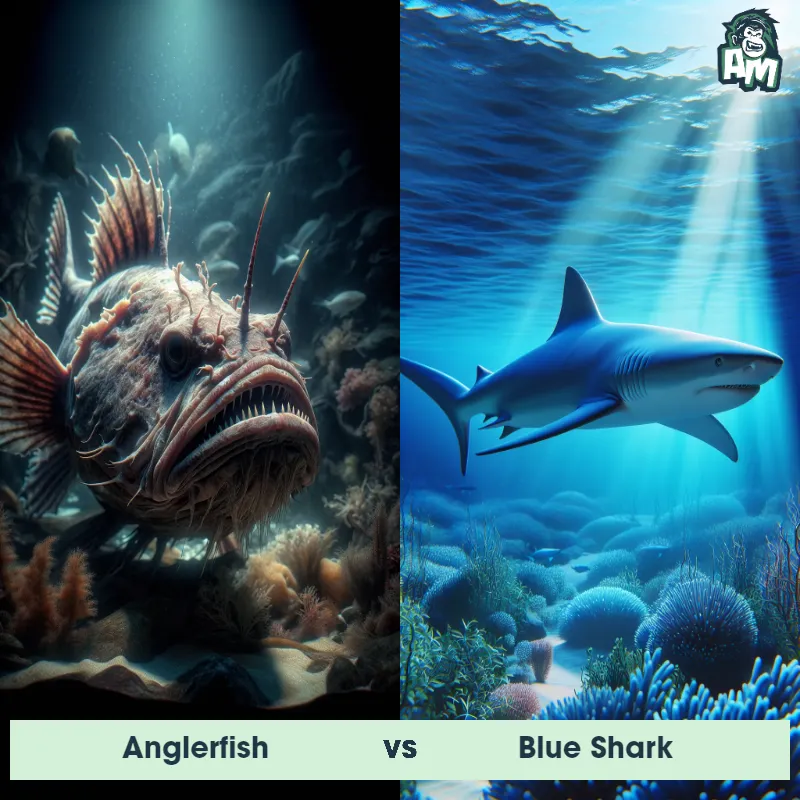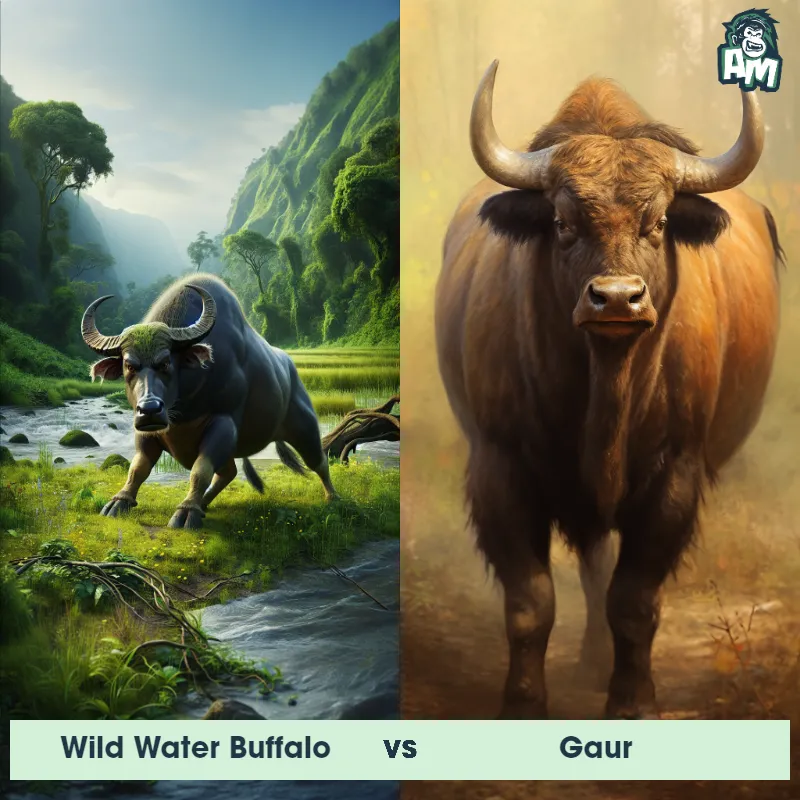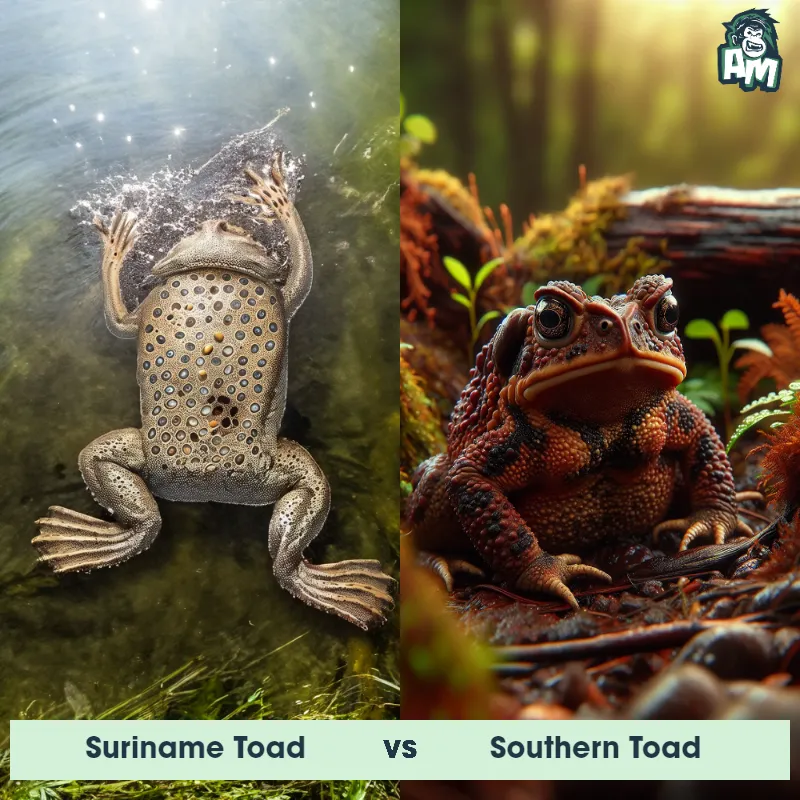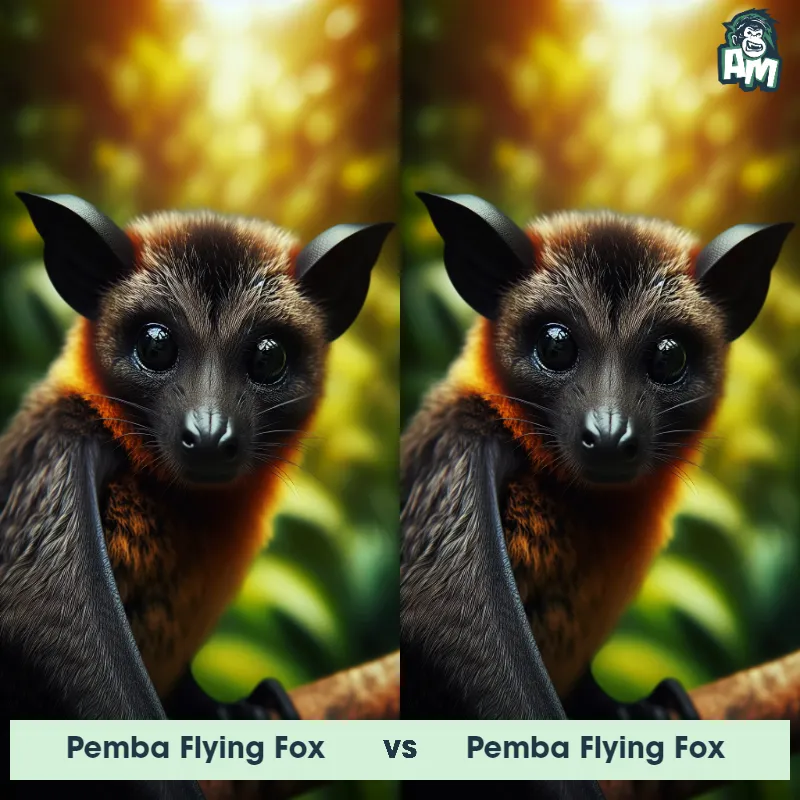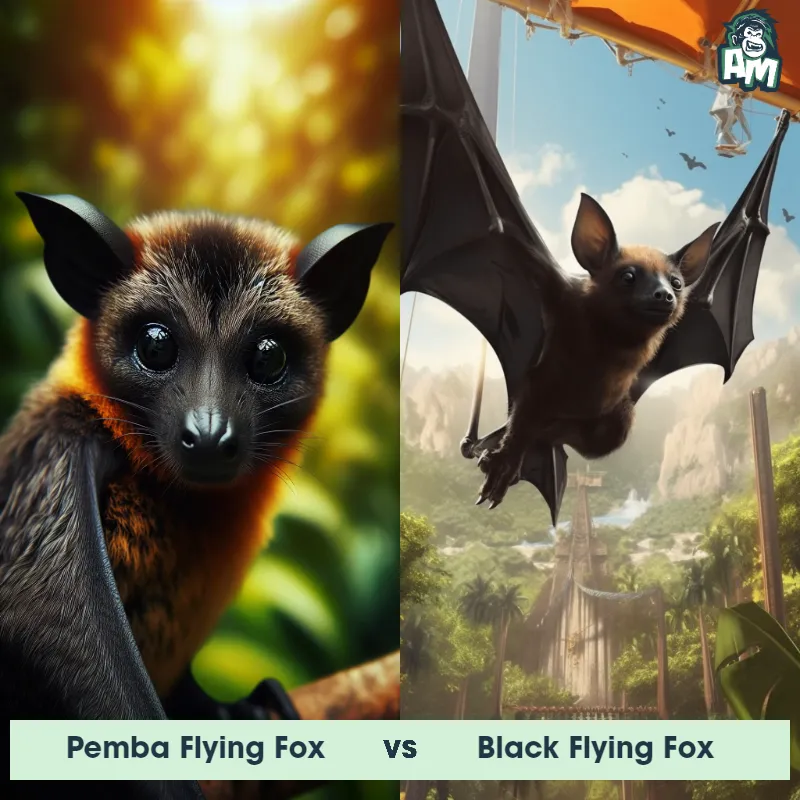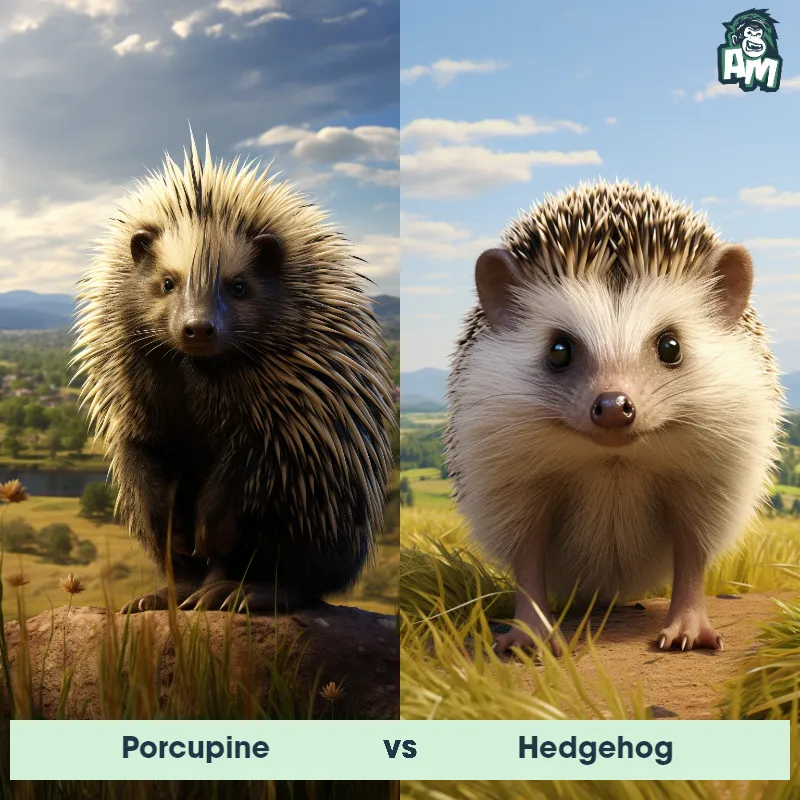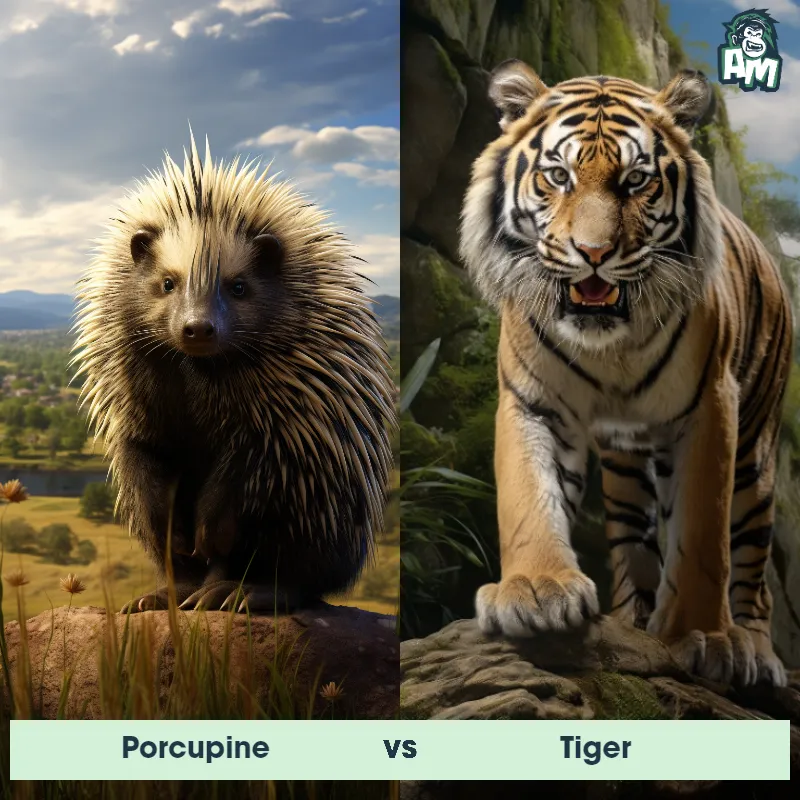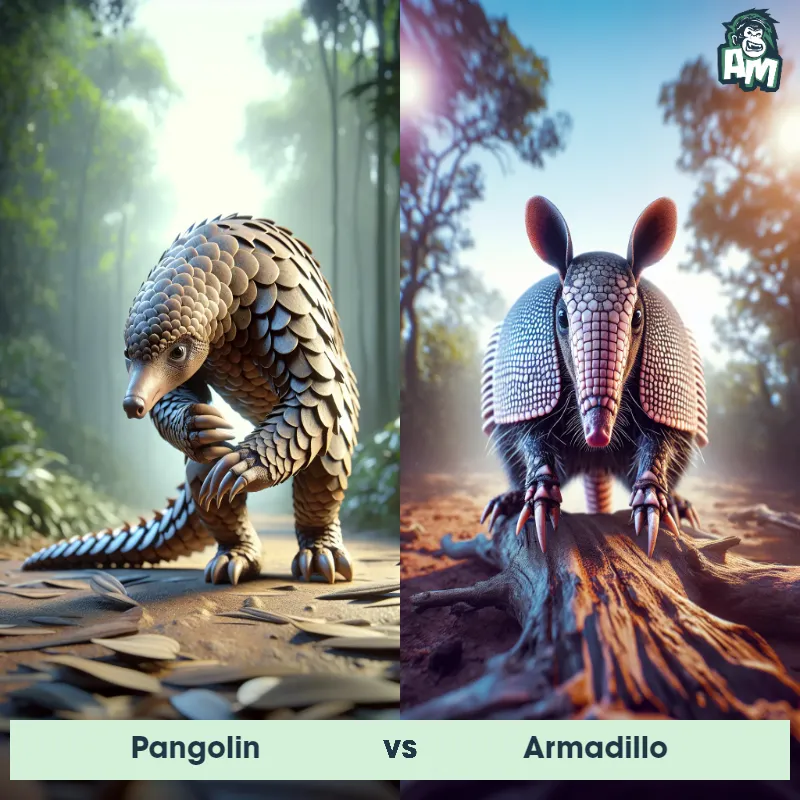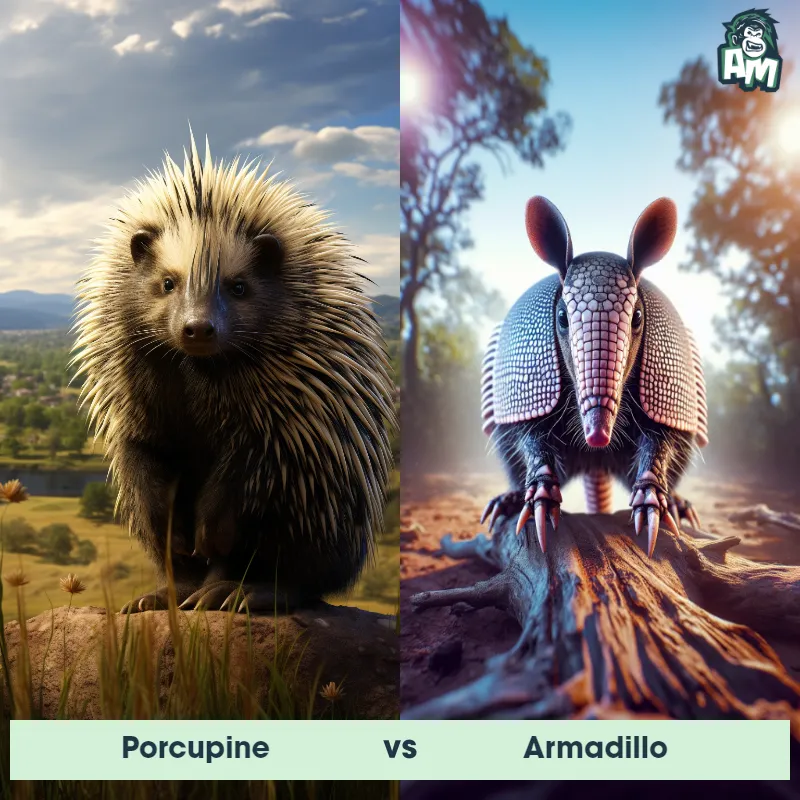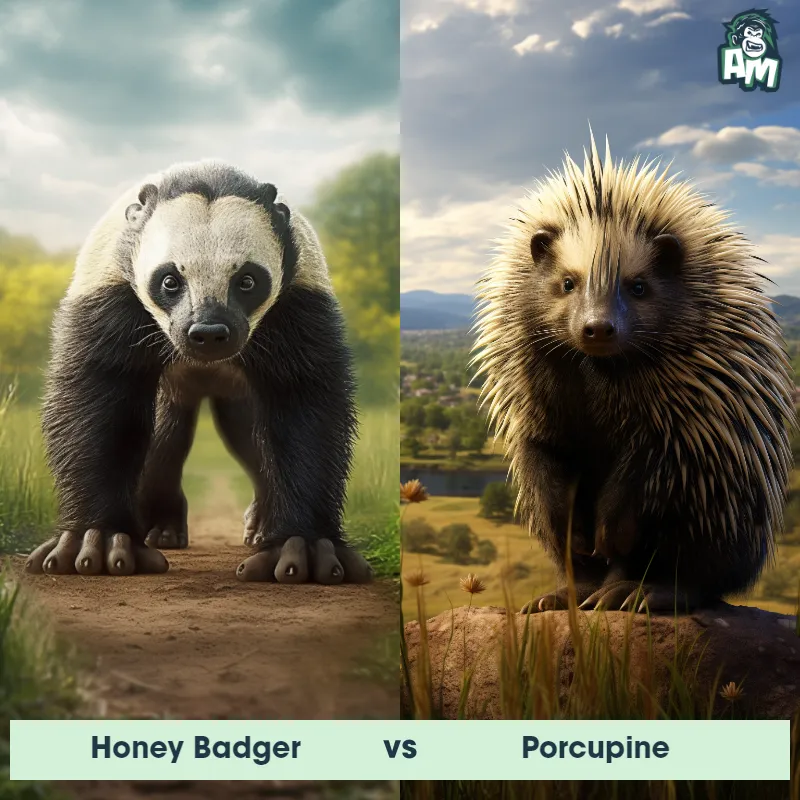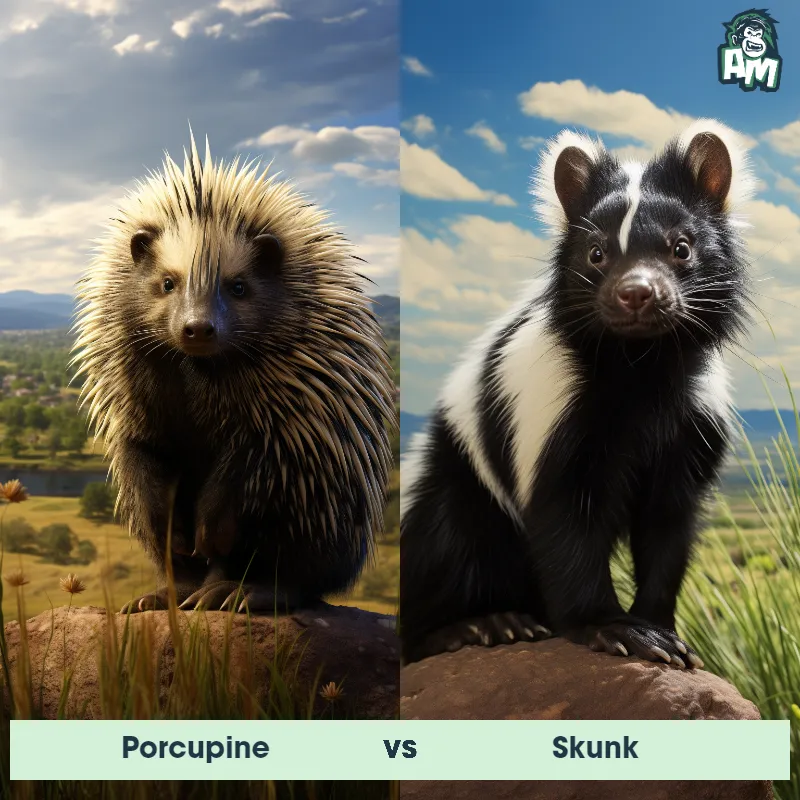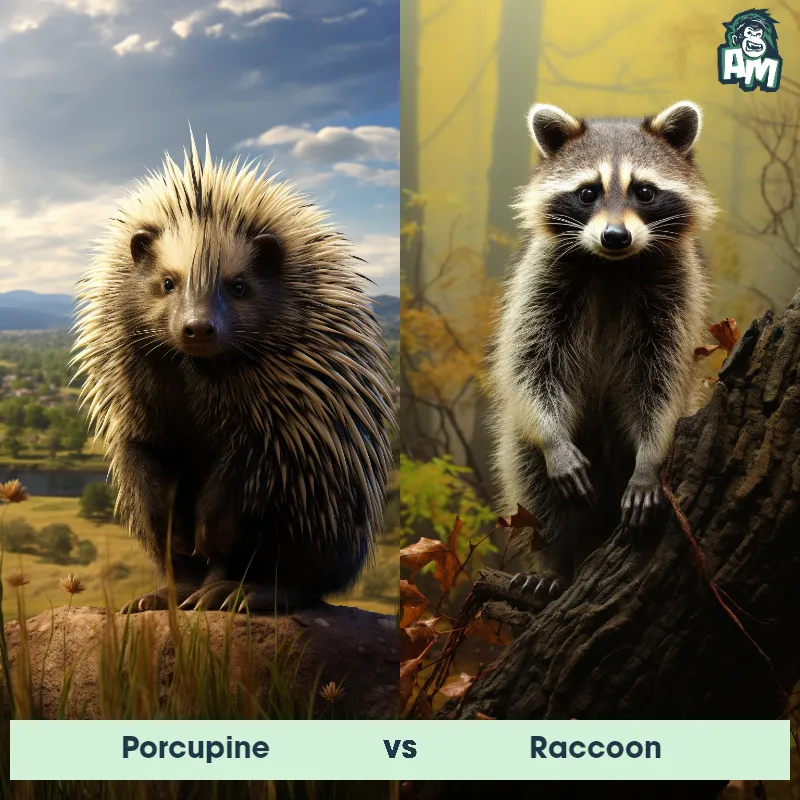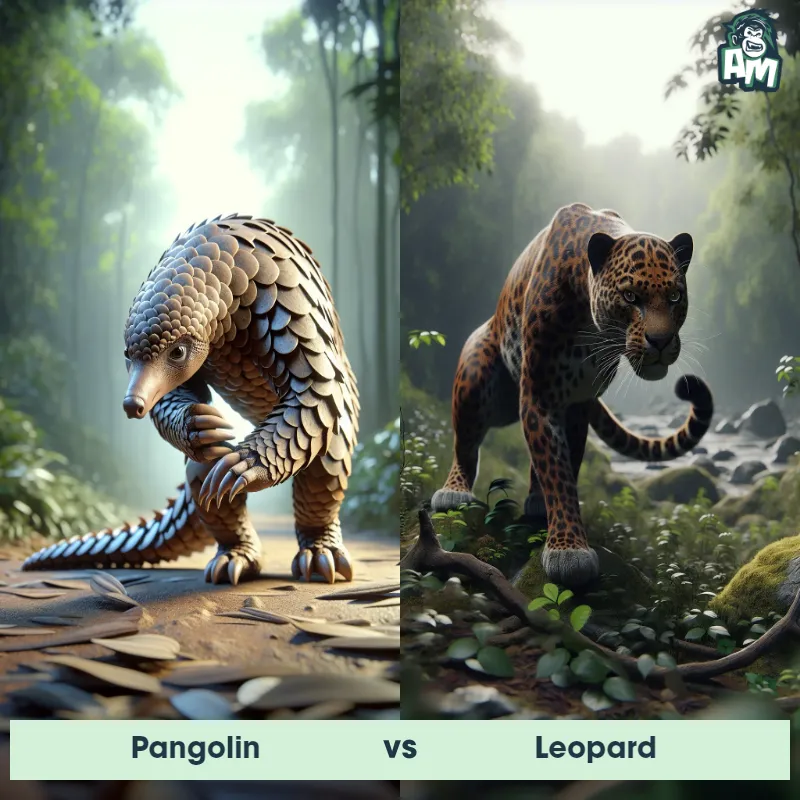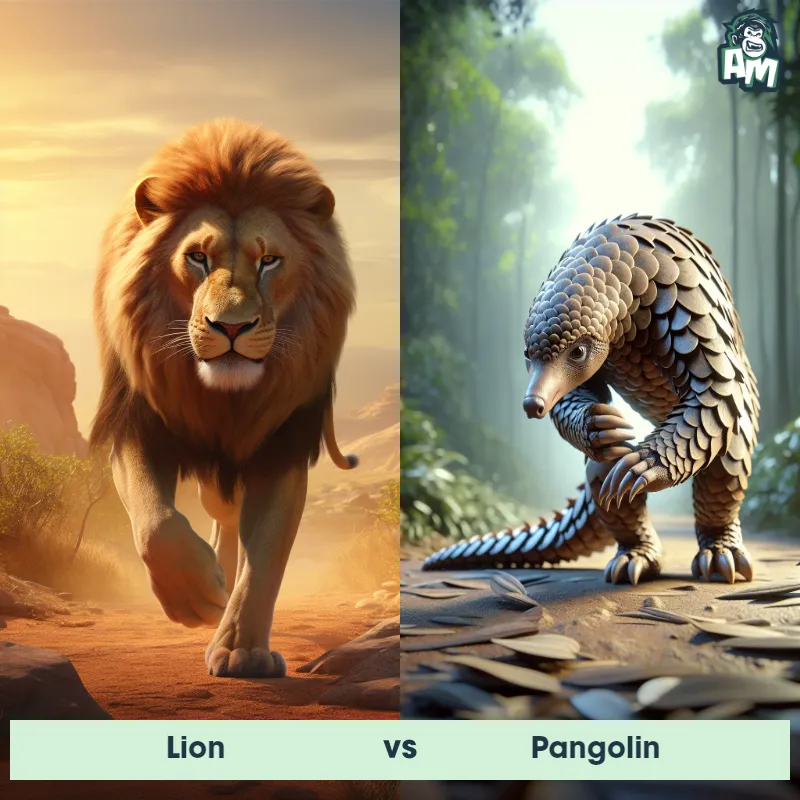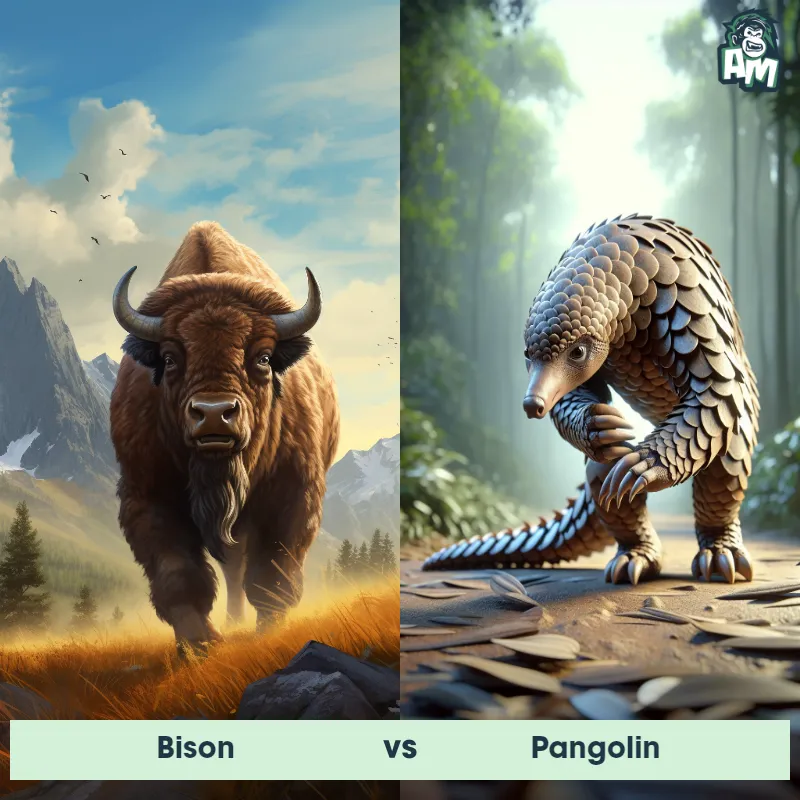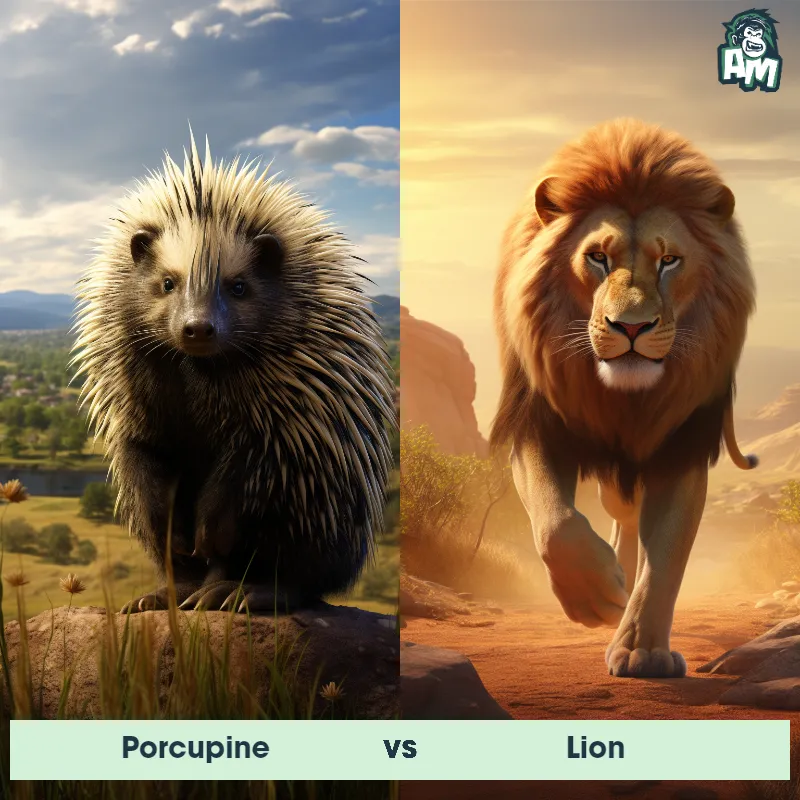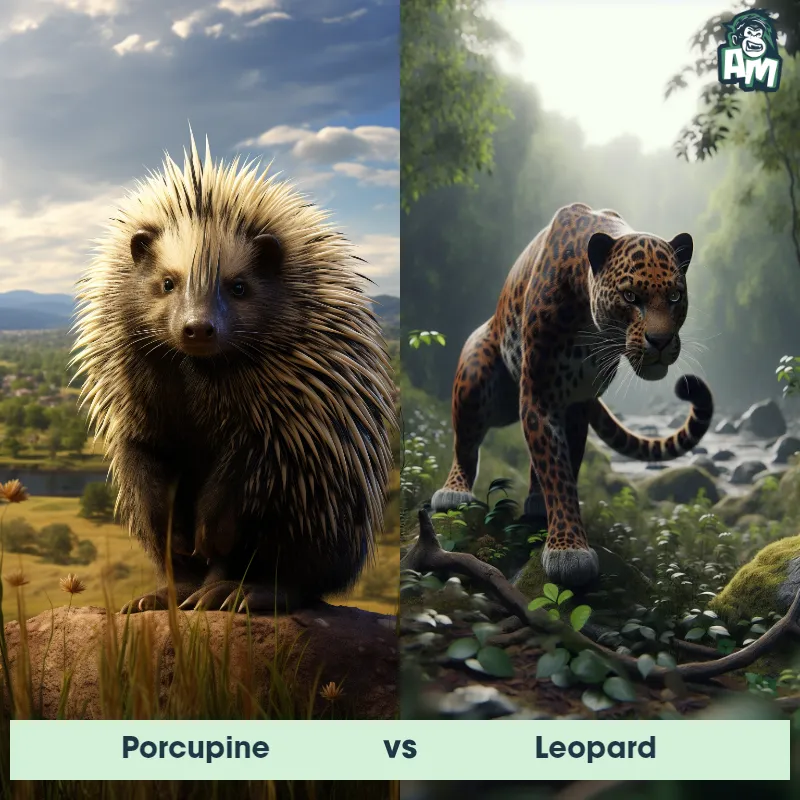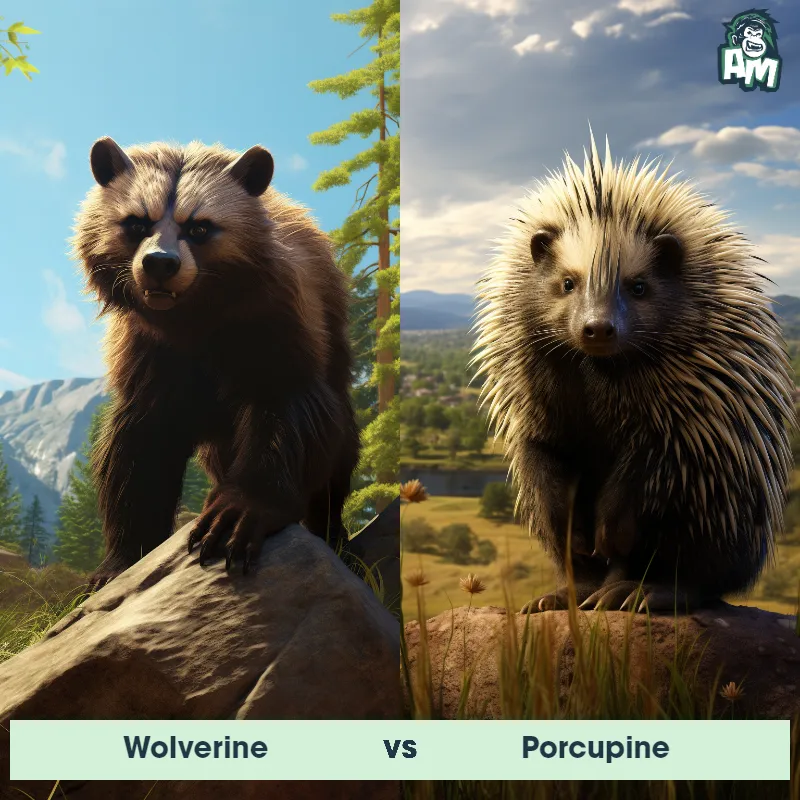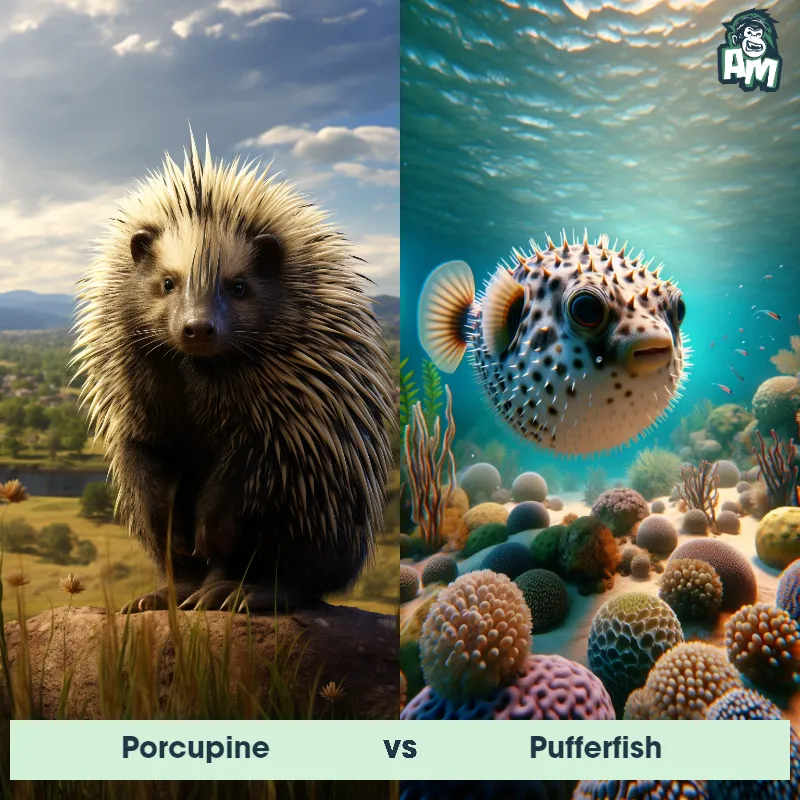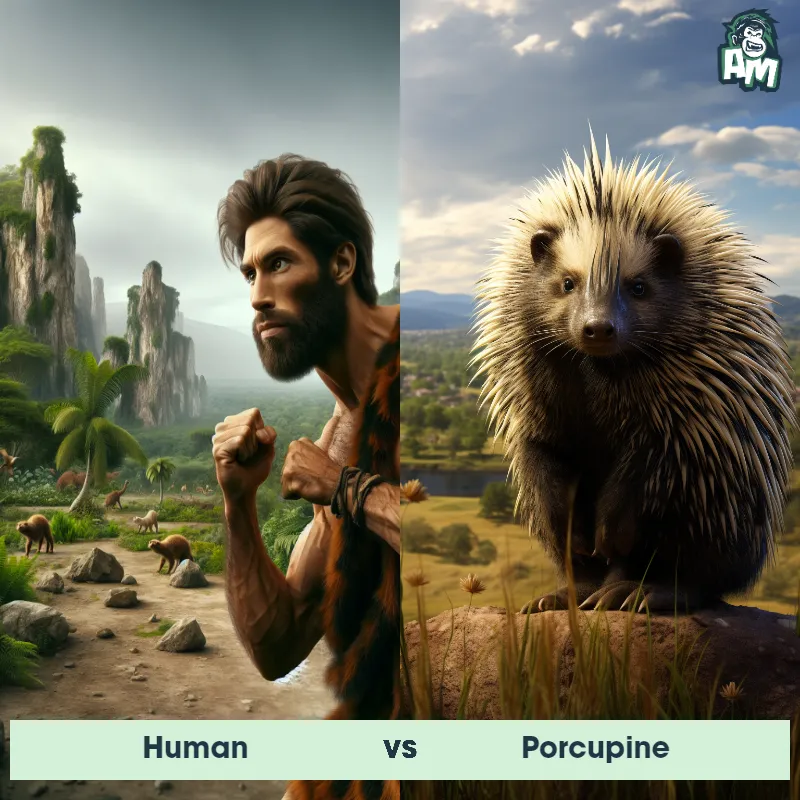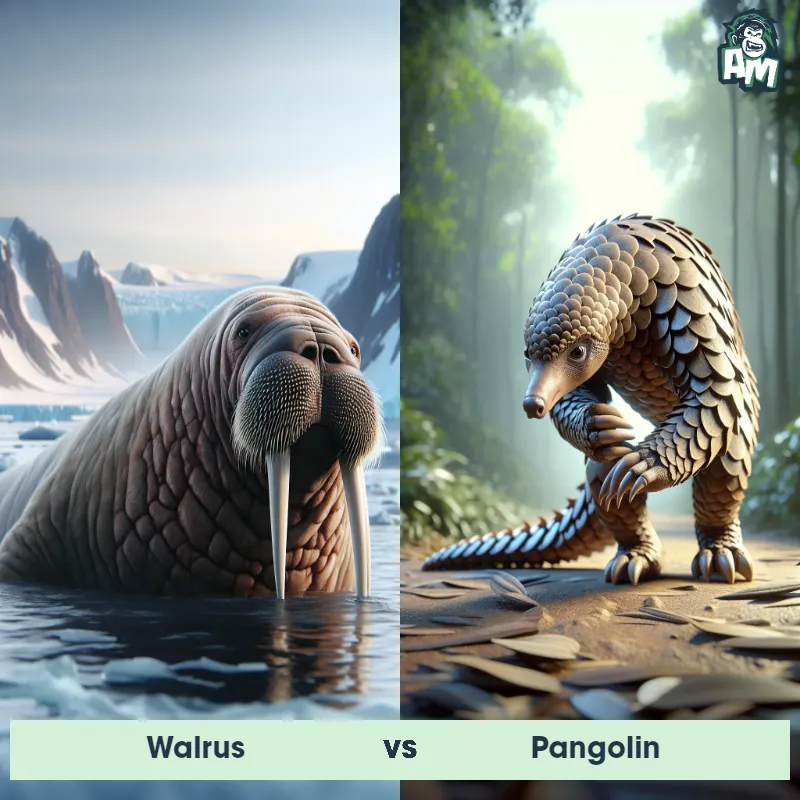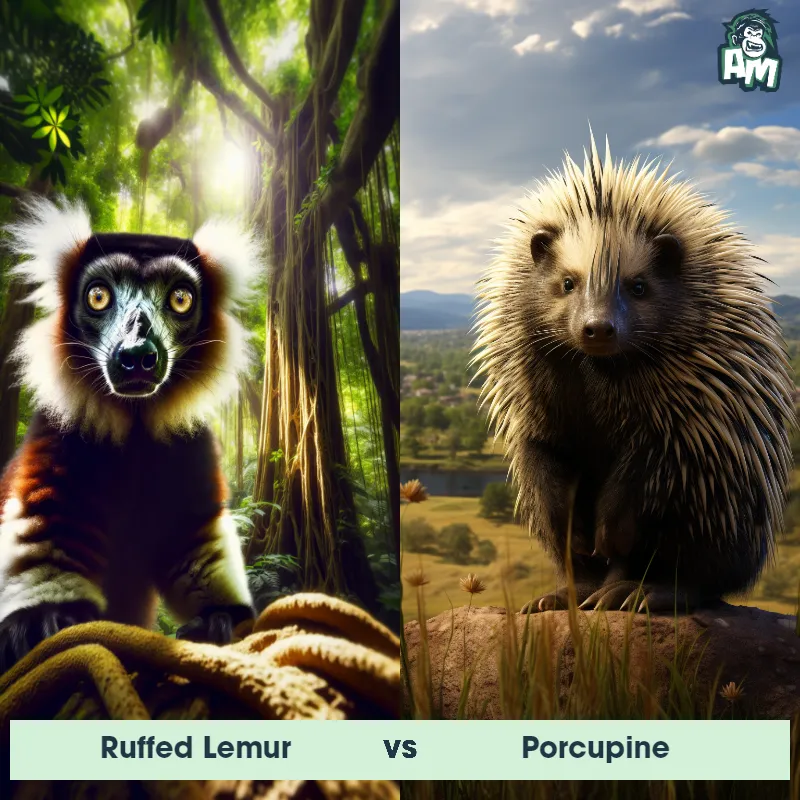Porcupine vs PangolinSee Who Wins
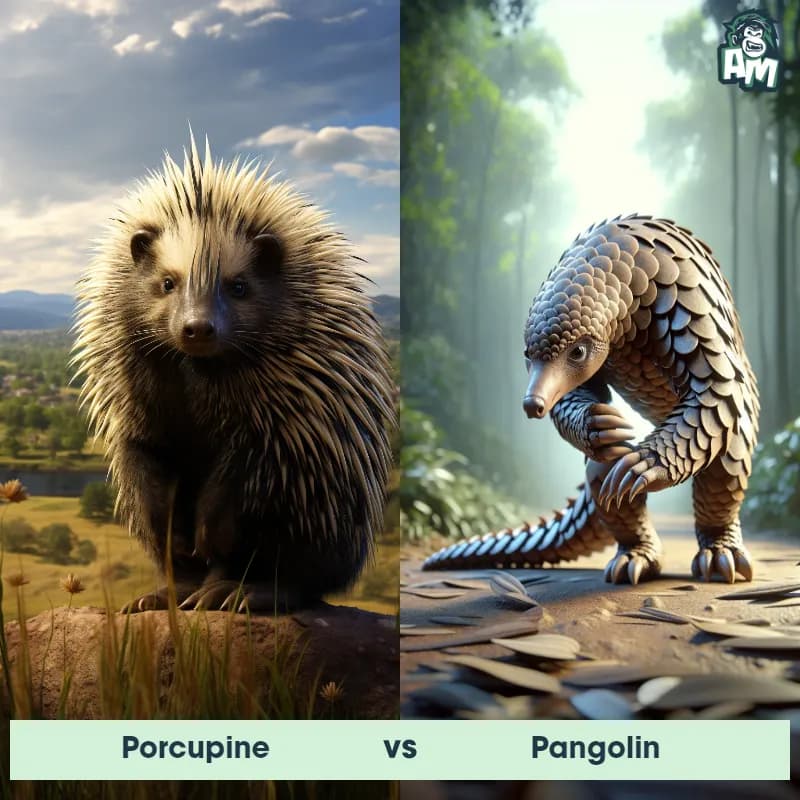
Ladies and gentlemen, welcome to this exhilarating matchup where nature's armor is put to the ultimate test! In one corner, we have the stout and spiky Porcupine, armed with its quills of vengeance. And in the other corner, we have the impenetrable Pangolin, a scaly warrior capable of rolling into a formidable ball. Let the battle for dominance commence!
Contender 1: Porcupine
The Porcupine is a unique, large rodent recognized by its coat of sharp spines, or quills, which are used for protection against predators. The most characteristic feature of this mammal is its quills, which can be up to 30 centimeters long and are coated with a layer of keratin making them tough and resistant. These nocturnal creatures vary greatly in size and appearance across different species, ranging from a foot to over two feet in length, excluding the tail. The porcupine is a herbivore, mainly eating leaves, bark, and stems of trees.
Fun Fact: Unlike common belief, Porcupines cannot shoot their quills out at will, rather the quills detach easily when a predator comes into contact with them.
Contender 2: Pangolin
The Pangolin, a unique mammal native to Africa and Asia, is known for its distinctive appearance and remarkable adaptations. With a body covered in overlapping scales made of keratin, it resembles a walking pinecone or an artichoke. The Pangolin possesses sharp claws for digging burrows and climbing, a long sticky tongue to extract ants and termites from their nests, and a prehensile tail for balance. These solitary animals are nocturnal and prefer tropical forests, savannas, and grasslands as their habitats. They have poor eyesight but rely on their keen sense of smell and hearing to navigate their surroundings.
Fun Fact: The Pangolin holds the remarkable distinction of being the world's only mammal with scales, making it one of nature's truly exceptional creatures!
Matchup Stats
| Porcupine | Pangolin | |
|---|---|---|
| Size | 25-36 inches (63.5-91.4 cm) | 1-3 feet (30-90 centimeters) |
| Weight | 12-35 lbs (5.4-15.9 kg) | 4-35 pounds (1.8-16 kilograms) |
| Speed | 2mph (3.2km/h) | 3mph (4.8km/h) |
| Key Strength | Sharp quills for protection | Sharp claws for defense |
| Biggest Weakness | Slow movement | Slow movement |
Current Votes
Porcupine vs Pangolin
See Who Wins
View More Matches
Looking For More?
Similar Matches
Scientific Stats
| Porcupine | Pangolin | |
|---|---|---|
| Scientific Name | Erethizon dorsatum | Manis |
| Family | Erethizontidae | Manidae |
| Habitat | Forests, deserts, grasslands | Tropical forests, savannas, grasslands |
| Geography | North and South America, Africa, Europe, and Asia | Africa, Asia |
| Diet | Leaves, bark, and stems of trees | Ants, termites |
| Lifespan | 5 years - 10 years | 12 years - 15 years |
Key Differences between Porcupine and Pangolin
- Scales: The Porcupine has sharp quills or spines covering its body that can be raised when threatened, while the Pangolin has overlapping scales made of keratin that provide protection.
- Body shape: Porcupines have a stocky body with short legs, while Pangolins have a more elongated body with long, thin legs.
- Snout: Porcupines have a rounded face with short ears and small eyes, whereas Pangolins have a more pointed face with elongated snouts and small eyes.
- Tail: Porcupines possess a short, stubby tail that is not prehensile, while Pangolins have a long, muscular tail that can be used for balance and climbing.
- Size: Porcupines are generally larger than Pangolins, with an average length of 25-36 inches, while Pangolins measure around 16-32 inches in length.
- Coloration: Porcupines have coarse, dark brown or black fur, often with light-colored quills on their back, while Pangolins have scales that can vary in color from pale yellow to dark brown, depending on the species.



